This month audiences can see Christopher Carpenter’s film, Bada Aadmi (Grand homme), sur la chaîne YouTube du Planet Classroom Network.
In the World Happiness Report 2017, India ranked 122 out of the 155 countries evaluated. En réponse, the Happiness Curriculum was launched in Delhi government schools in July 2018. The Curriculum consists of four distinct components that work in harmony to instill within young people, their parents and families, and their teachers a set of life skills that can help them overcome adversity and thrive in a rapidly changing world. These components are mindfulness, activities, histoires, and opportunities for self-expression.
Christopher Carpenter’s films showcase this Curriculum. Each chapter tells the story of one young person and their community undergoing positive change as a result of whichever part of the Curriculum encouraged that change. Dans Bada Aadmi (Grand homme), Anshu, a young girl in the government school system in New Delhi, subit une transformation après avoir écouté et intériorisé l'une des histoires du programme du bonheur.
La recherche globale pour l'éducation a le plaisir d'accueillir à nouveau le directeur Christopher Carpenter.
Chris, qu'est-ce qui vous a inspiré à partager cette histoire particulière du programme du bonheur?
Au moment de décider quelles histoires poursuivre dans le cadre du plus grand Journaux de bonheur série documentaire, nous savions qu'il était important de sortir des salles de classe aussi souvent que possible et de documenter la vie à l'intérieur des maisons et des espaces communautaires des jeunes qui s'engageaient dans le programme Happiness Curriculum. Parce qu'Anshu a partagé qu'elle avait pris des leçons de la classe du bonheur directement dans sa vie familiale et les avait manifestées en marques physiques d'appréciation – les notes de gratitude collées au mur et le repas qu'elle a préparé pour sa mère – nous avons réalisé que nous pouvions raconter l'histoire à travers l'imagerie visuelle autant qu'à travers les paroles d'Anshu, de sa famille et de ses enseignants. C'était une histoire captivante et appropriée pour le médium du film.
Bada Aadmi n'est qu'un des chapitres de la série Happiness Curriculum. Il a aidé les jeunes étudiants à réaliser l'importance de partager la gentillesse avec tout le monde. Sur quelles autres compétences pensez-vous que l'histoire s'est concentrée sur?
Le film aborde quelques thèmes qui sont en ligne avec le message du curriculum. In addition to its simple message of the power of kindness, the film reflects an effort to dissociate societal definitions of success from consumptive wealth – dans le film, Anshu tells the story of when she coveted a new bag for the sake of having something new and asked her mom to purchase it for her, rather than enjoying the bag she already owned. You have to remember that the Happiness Curriculum – and by extension, these films – were made against the backdrop of a generation of young people experiencing an unprecedented level of dissatisfaction and unhappiness, some of which stemming from access to social media and global consumer culture. The Curriculum – and thus the film – try to address these perceptions and shift value inward, toward the emotional wealth of wellbeing.
Why do you feel it is important to capture the importance of kindness given to parents?
When examining the stories of young people experiencing adversity, Je trouve que les contributions des parents sont souvent ignorées ou négligées dans la narration. Je pense que cela a beaucoup à voir avec les perceptions et les stéréotypes de l'adversité dans les pays du Sud qui se renforcent dans le Nord. – sans la présence de parents ou de personnalités de la communauté, ces histoires d'adversité pourraient atteindre un niveau plus élevé de sympathie de la part des téléspectateurs, et donc un taux d'action plus élevé. Par conséquent, il était important pour nous de contribuer aux conversations en cours sur l'idée que des familles entières, complete with two parents, can and do experience hardship and adversity. It’s important to acknowledge and appreciate the work being done by parents, especially if that work is ensuring their children don’t go hungry, or are able to have school books for the year. Showing kindness to parents cements the notion that all parenting is valuable, no matter the result – en fait, parenting in the face of adversity is all the more laudable.
Do you think there is hope for more empathetic generations to emerge inspired by programming like this? What do you hope audiences will take away most of all from this film?
I absolutely think the generation coming of age today will be the most empathetic and inclusive in history. We already see this in a few key metrics – par exemple, more young people today identify openly as LGBTQ than any generation before. This generation will experience the most diversity in their lives as globalizing communities interconnect and access to information and experiences increases. Especially with the ongoing COVID-19 pandemic and the various points of activism occurring in many places around the world, the stringent lines of society are starting to blur – due to the hardships of the pandemic, families once separated generationally are moving back in together and gender roles are being challenged, and through an unprecedented access to information racism, sexism, classisme, and other issues generate awareness and activism. These are sweeping trends; what I hope audiences take away from this film is to never lose focus on the smallest of moments, the smallest of tokens of gratitude that, when taken across a lifetime and across a generation become a trend or statistic, but when taken individually, can simply be what makes someone’s day a little better.
C.M. Rubin et Christopher Carpenter
Don’t Miss Christopher Carpenter’s film, Bada Aadmi (Grand homme), sur la chaîne YouTube du Planet Classroom Network.

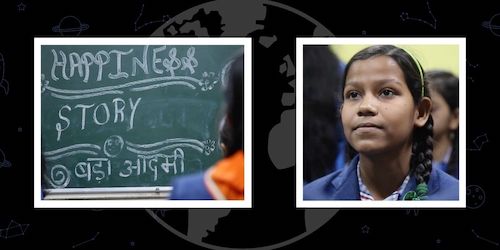
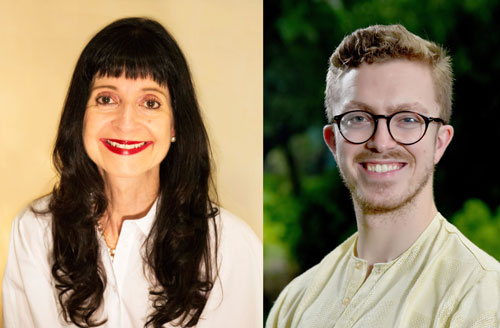
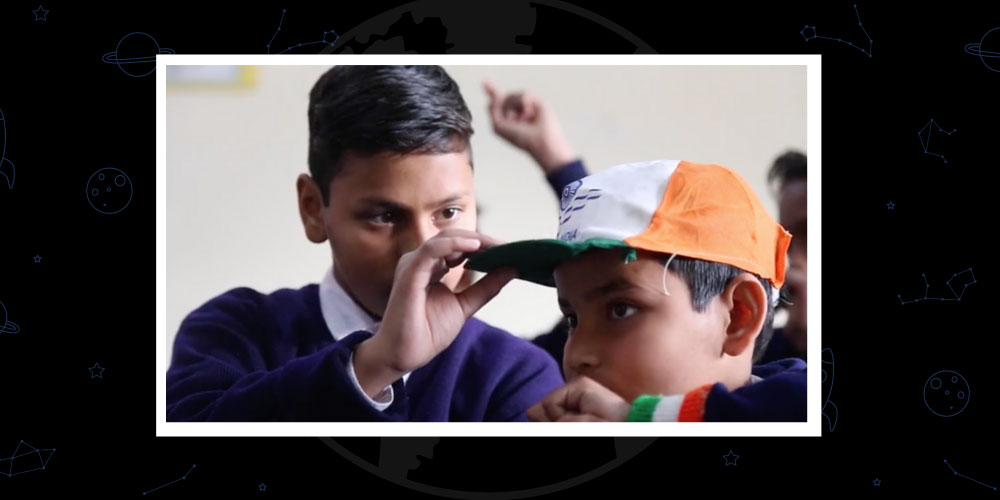
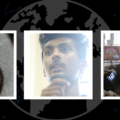
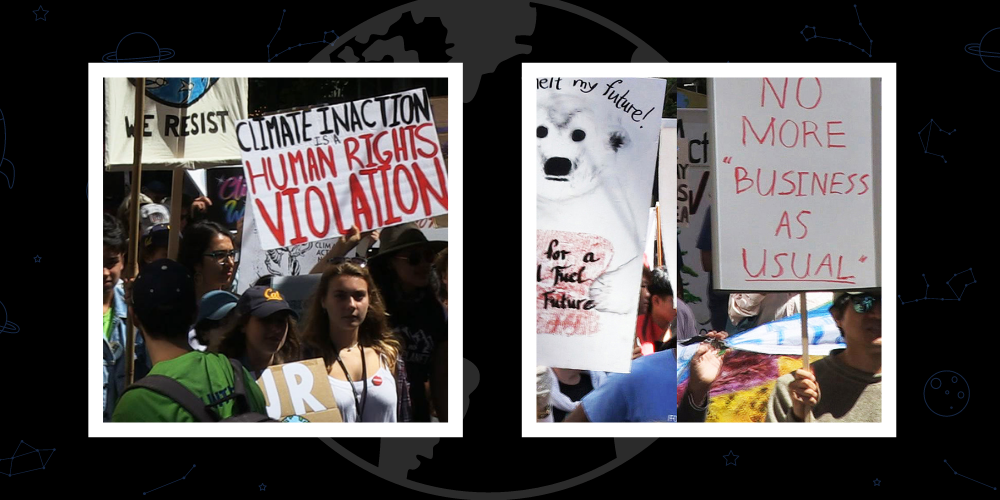
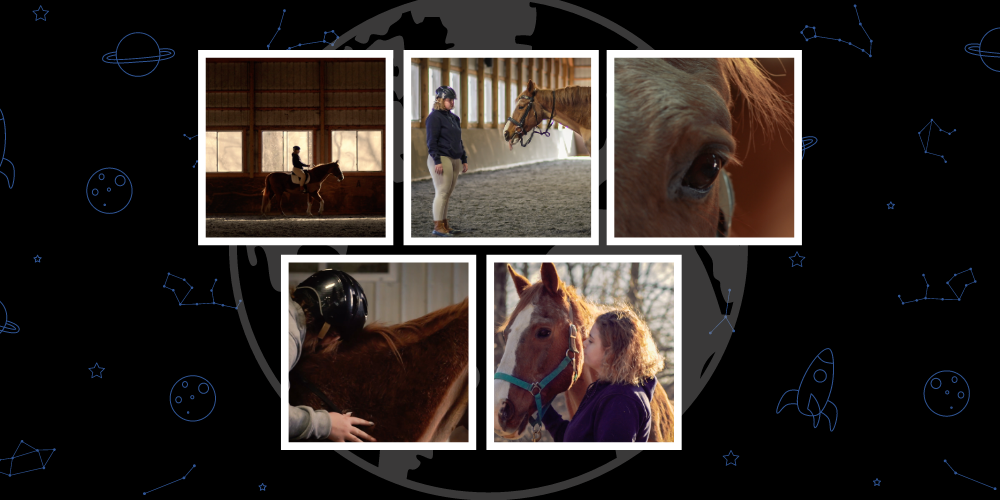
Commentaires récents